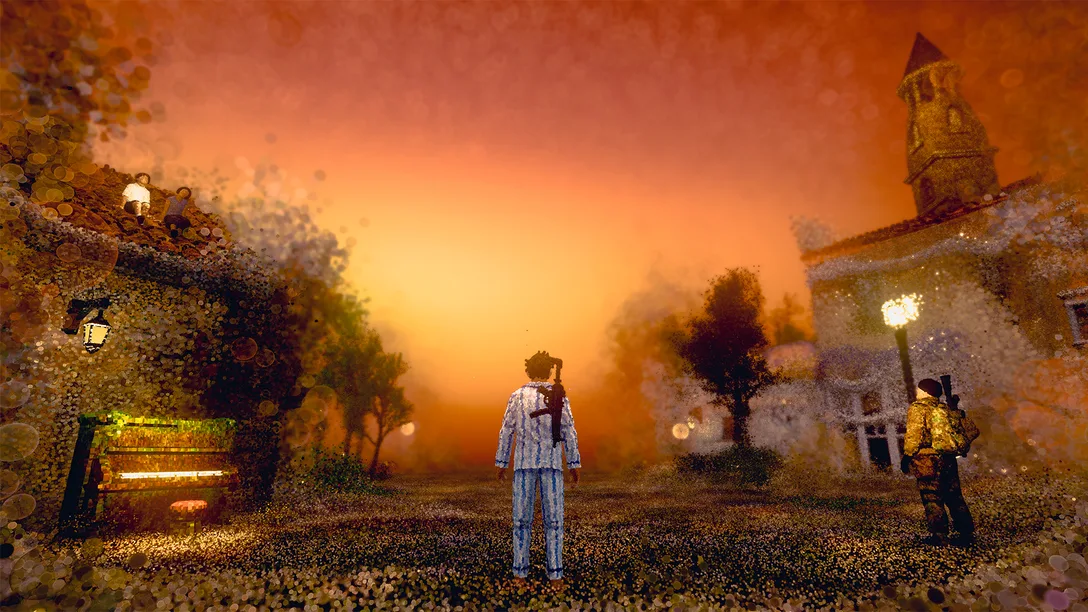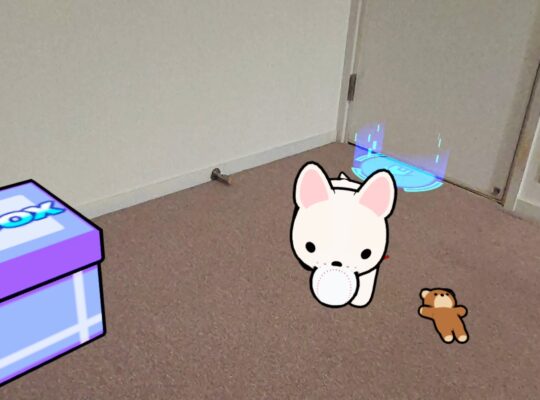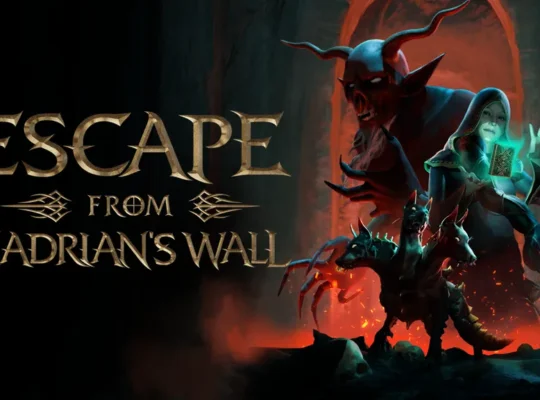Q-Games has always stood out for its artistic and experimental approach to game design, and Dreams of Another continues that creative tradition. Known for the PixelJunk series and the quirky VR cooking game Dead Hungry (2016), the studio once again ventures into virtual reality with a surreal, thought-provoking experience. Unfortunately, while Dreams of Another impresses with its creativity and philosophy, it struggles with pacing and inconsistent VR integration—especially on PlayStation VR2.
A Dream Built on Creation and Destruction
At its core, Dreams of Another explores the concept of “no creation without destruction.” The world unfolds through colorful visuals that resemble stepping inside a retro dreamscape. Everything—objects, environments, and even memories—is represented by bubbles. Players bring this surreal world to life by literally shooting those bubbles, forming structures and pathways with each shot.
This literal interpretation might seem heavy-handed, but it aligns perfectly with the game’s surreal tone. The result is an artistic, almost meditative experience that’s visually memorable and emotionally layered.
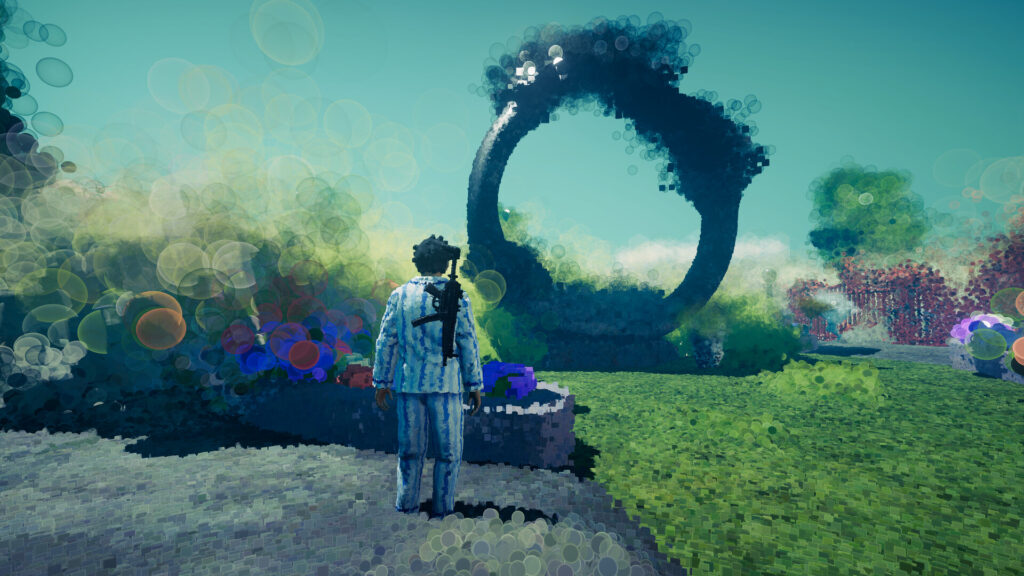
A Symbolic Story Told Through Four Tales
You step into the pajamas of the “Man in Pajamas,” joined by the philosophical Wandering Soldier. The narrative unfolds through four interwoven stories that touch on themes like growing up, self-reflection, and taking action before it’s too late. These tales, each set in different worlds, gradually connect to reveal fragments of memory and meaning.
When Dreams of Another hits its stride, it delivers emotional and introspective moments. However, the pacing often falters. Even with a modest 6–7 hour campaign, certain segments drag on, making progression feel slow and uneven. The constant story swapping doesn’t help either—some chapters feel substantial and engaging, while others are repetitive, like the tedious crayon-snapping task that overstays its welcome.
Shooting, Symbolism, and Slow Progress
Gameplay in Dreams of Another revolves around shooting bubbles to “actualize” the world ahead. You don’t have to shoot everything, but progress depends on how much of the world you bring to life. Each object—from doors to trash cans—has a voice, often reflecting on human nature or existence. It’s strange yet surprisingly poetic, reminding you to see the world from different perspectives.
Your weapon selection is small but functional. Starting with an infinite-ammo gun, you later gain access to grenades and rocket launchers with limited supplies. You can replenish ammo by finding items and handing them to the Wandering Soldier, who uses these moments to drop bits of philosophical dialogue.
Combat occasionally appears in the form of “enemy spirits,” where the player must shoot and restore them—usually following the predictable rule of three. Some encounters, like reassembling the spirit of a Ferris wheel, are imaginative but can grow repetitive after a while.
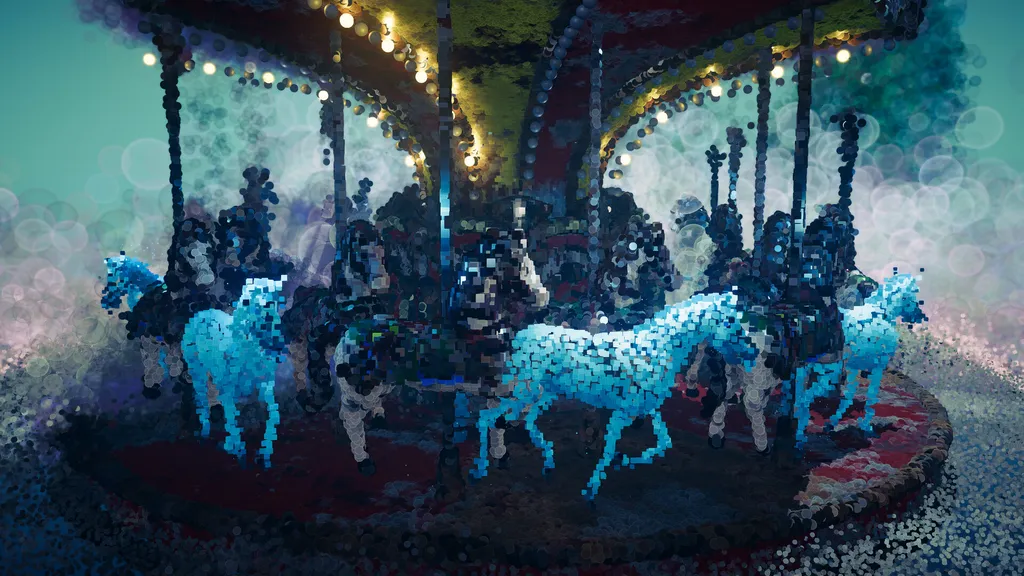
VR Experience: Inspired but Inconsistent
Here’s where things get tricky. Dreams of Another doesn’t feel like it was built for VR from the ground up. The PlayStation VR2 version constantly shifts perspectives—from first-person gameplay to “cinema mode” cutscenes. While understandable for narrative moments, these transitions happen far too often, even during simple conversations.
At times, players are abruptly thrown into darkness or blinding white screens during scene transitions, breaking immersion completely. The game also has a habit of sending you back to the main menu without clear reason, interrupting the flow.
Even though gunplay feels better with motion controls, other VR mechanics are surprisingly shallow. Weapon swapping and reloading are done with button presses rather than physical movements, missing opportunities for deeper interaction.
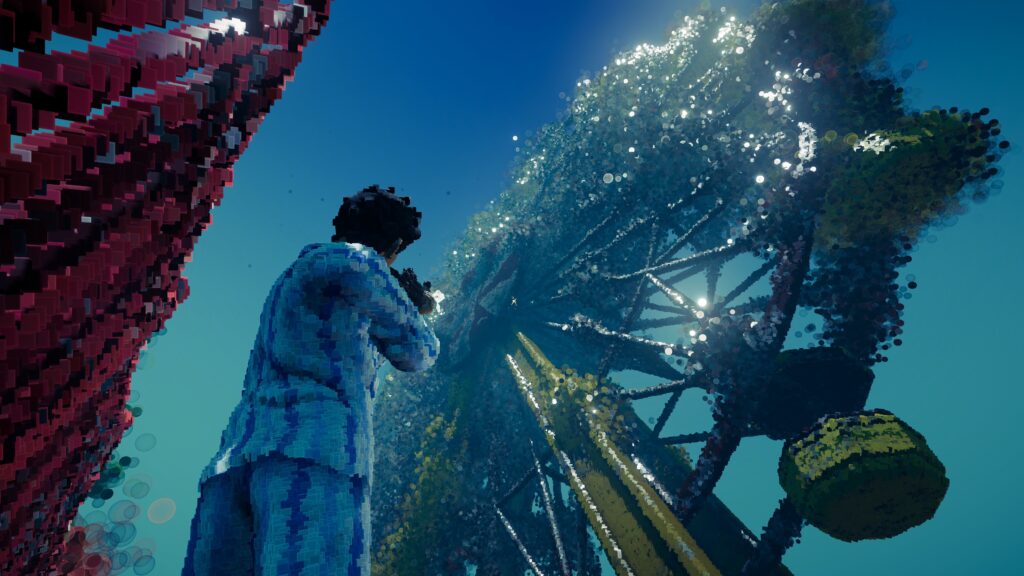
Final Verdict
Dreams of Another is a fascinating, surreal journey filled with philosophical undertones and bold ideas. It challenges the player to think, to interpret, and to experience creation and destruction as intertwined forces. Q-Games deserves credit for delivering something so unconventional in today’s gaming landscape.
However, its slow pacing, repetitive gameplay, and inconsistent VR design hold it back from greatness. On flatscreen, it may shine brighter thanks to smoother flow and fewer immersion breaks. In VR, though, it’s an uneven experience that never quite fulfills its potential.
If you’re intrigued by experimental, artistic storytelling and don’t mind a few rough edges, Dreams of Another is worth exploring. Just temper your expectations—especially if you’re diving in with a VR headset.


